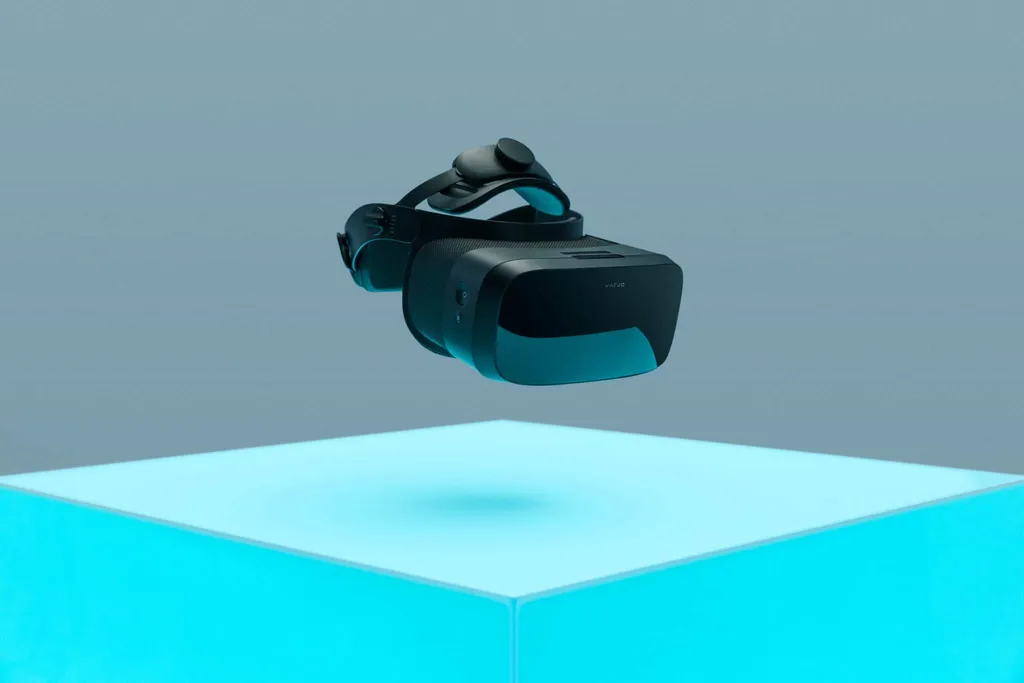Finland-based high-spec headset maker Varjo today announced its first VR device available to both commerical and consumer markets, the Varjo Aero.
The Varjo Aero launches orders today with the first shipments expected in December. It’s a $1,990 wired SteamVR headset that is still largelly intended to be sold to commercial markets, but Varjo also envisions top-end enthusiasts that want the best experience for simulator apps like Microsoft Flight Simulator picking the headset up. We’ve already had a chance to review the device, which you can check out here.
Varjo Aero Specs
The Varjo Aero offers 2,880 x 2,720 per eye resolution through dual mini LED displays with custom-made aspheric variable resolution lenses. That puts it comfortably in front of the previous leader for resolution, the 2,440 x 2,440 HTC Vive Pro 2. It’s also got a 90Hz refresh rate and a 115 degree horizontal field of view (or 134 degrees diagonally).
One of the Aero’s other key features is its 200Hz eye-tracking. As with other solutions, this can be used either as a means of input in compatible apps, or for foveated rendering, in which the display only fully renders the direct center of your gaze, reducing the demand on your PC. This also allows for automatic IPD adjustment between a range of 57 – 73mm, with the lenses moving themselves to fit a user’s eyes once they put the headset on.
In terms of comfort, the headset weighs in at 717g total, though 487g of that is the visor and the other 230g is for the three-point fit headband with a counterweight at the back. It’s also got two built-in buttons on one side for basic interactions and a 3.5mm audio jack, with a pair of headphones and microphone included in the package.
The device does lose some of the features from the more expensive and fully enterprise-focused VR-3 and XR-3. There are no front-facing cameras so no hand-tracking or mixed reality support, for example, though Varjo stresses that removing these features has brought down the weight. Unlike those headsets, you also don’t have to purchase a subscription to Varjo’s support software.
The $1,990 price point, meanwhile, is for just the headset itself. Varjo expects you to already have SteamVR base stations and either Vive wands or Valve Index controllers. As you can probably imagine, recommended system requirements to run the headset are incredibly high (though, again, less than those for its other devices). Varjo suggests a 4-core CPU with a GeForce 3070 or 2080, or the A4000 or Quadro RTX 5000 cards.
We think the Varjo Aero offers a powerhouse VR experience, but we also experienced a major flaw, with very noticable screen distortion at the edges of the lenses when turning your head. We’ve spoken to Varjo about this issue and the company attributes to a software problem that it hopes to fix before the first headsets arrive on doorsteps. We’ll update you on the progress of this issue when we can.
What do you make of the Varjo Aero? Let us know in the comments below!




























